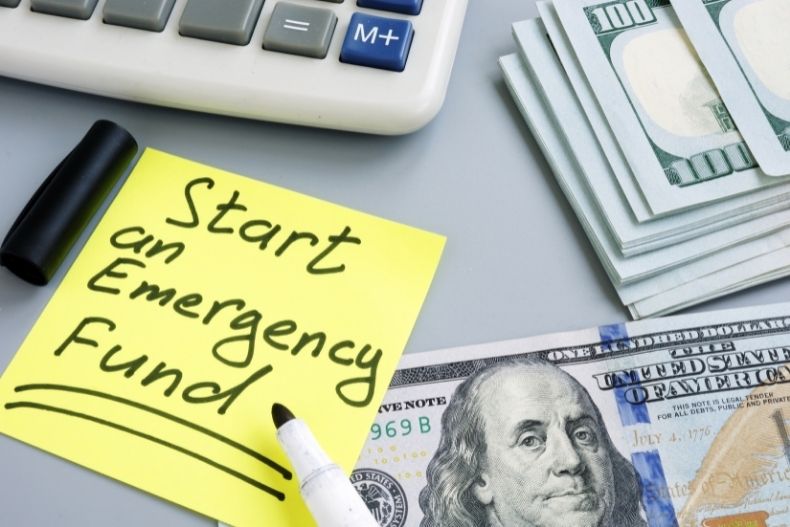An emergency fund is an essential financial tool that everyone should have. If you haven’t built one yet, here is how you can get started:

Have Backup Plans
Your emergency fund won’t be a reliable safety net right away. It will take time to build. You might find that you don’t have enough savings to cover an emergency expense for months. So, in the meantime, how can you protect yourself from this problem? You can set up different backup plans.
What kinds of backup plans? You can keep your credit card balance as low as possible so that you can charge urgent expenses onto it at a moment’s notice. That way, you can cover the cost immediately and then repay the borrowed funds at your own pace.
Another option is to use a line of credit. Similar to a credit card, you can use a personal line of credit to cover costs immediately and then repay later. If you don’t have one already, you can go to a website like CreditFresh and apply for a personal line of credit there. If you get approved, and your account is in good standing, you can request a withdrawal within your line of credit’s limit and have those funds deposited into your bank account in a short amount of time. Then you can use those funds to resolve your emergency.
Rework Your Budget
Look at your personal budget and calculate how much you can reasonably set aside for your emergency fund. It’s essential that you dedicate a portion of your budget to this every single month. Think of it like paying a bill. It’s a responsibility that you can’t miss. By making it a priority, you can ensure that you’ll stay on track and reach your ultimate goal.
What if you don’t have a personal budget? If you don’t follow a budget, you should start right away. Budgets are famous for helping people track their expenses and save for long-term goals. You can download one of the top budgeting apps on your smartphone and follow the instructions to get started. It’s that easy.
Open a Savings Account
You should keep your emergency fund completely separate from your other finances. This organizational decision will make it easier to keep track of the amount of savings you’ve collected, and it will stop you from spending any of it — accidentally or on purpose. You want the account to be out of sight and out of mind.
In the future, your emergency fund should be moved into a high-yield savings account. The interest rate for this type of savings account will help the balance grow on its own. You will have to wait to take this step since these accounts typically have minimum balance requirements.
Take Advantage of Boosts in Income
Your monthly contributions will make your emergency fund grow at a slow and steady pace. You can speed up that pace whenever you get a sudden boost in income with a raise, a work bonus, an inheritance, a cash prize, etc. Use some of those additional funds to increase the size of your savings. You’ll get much closer to your savings goal in a short amount of time.
Finally, don’t touch those savings until you absolutely have to. Let them grow. Soon enough, you’ll have an incredible safety net that you can depend on.











